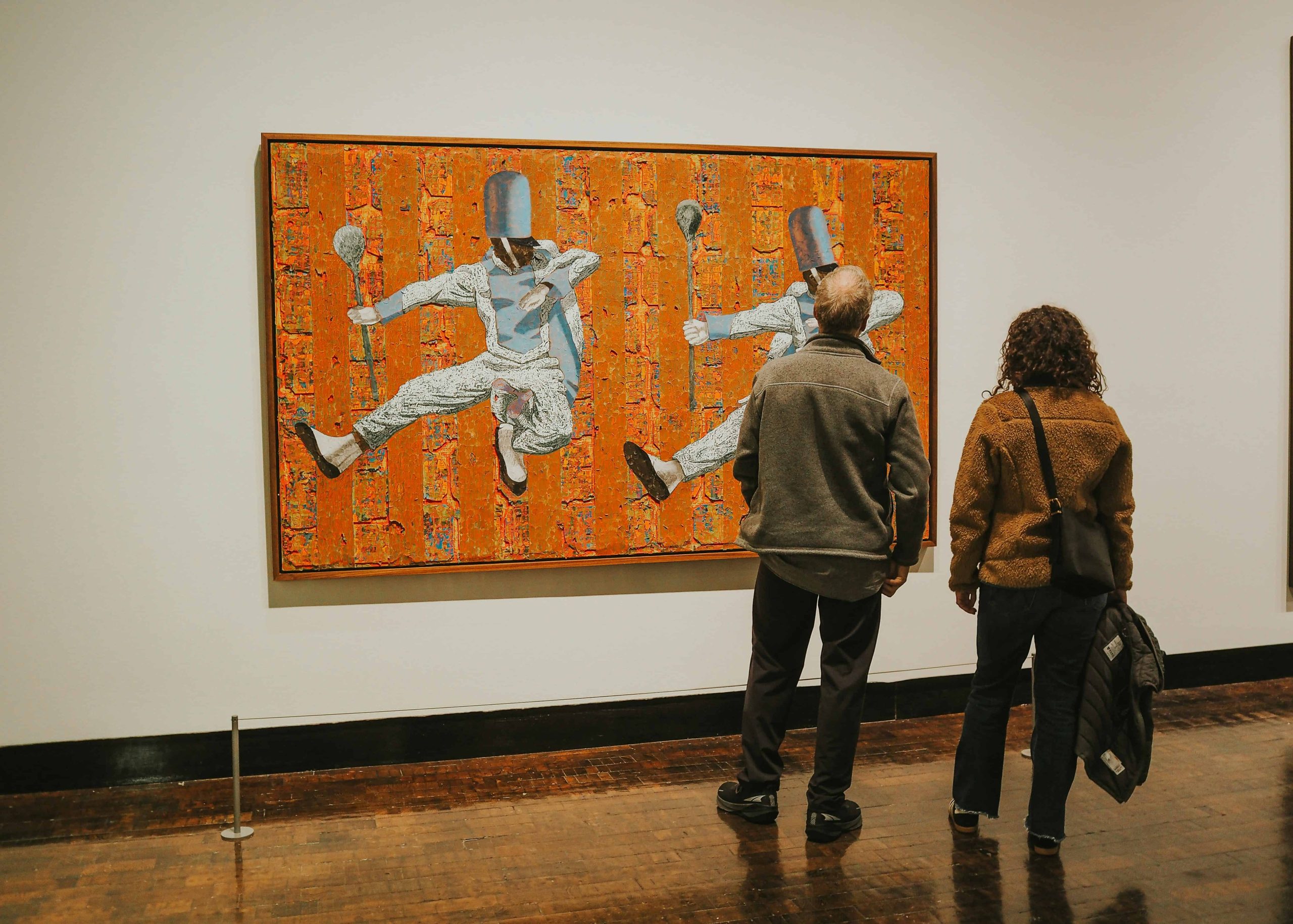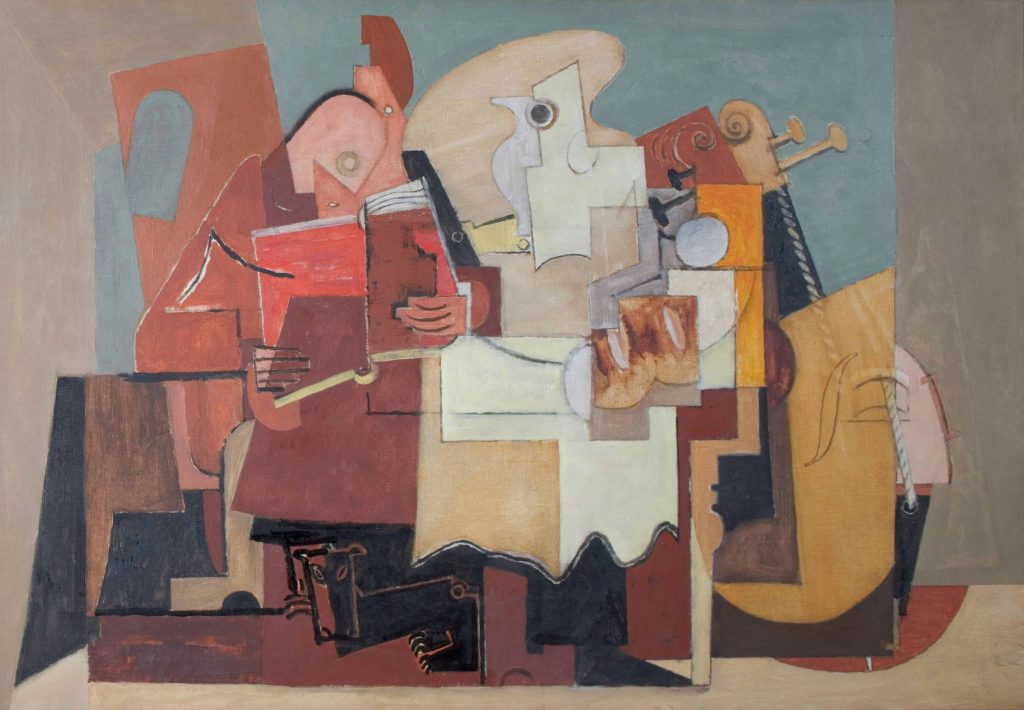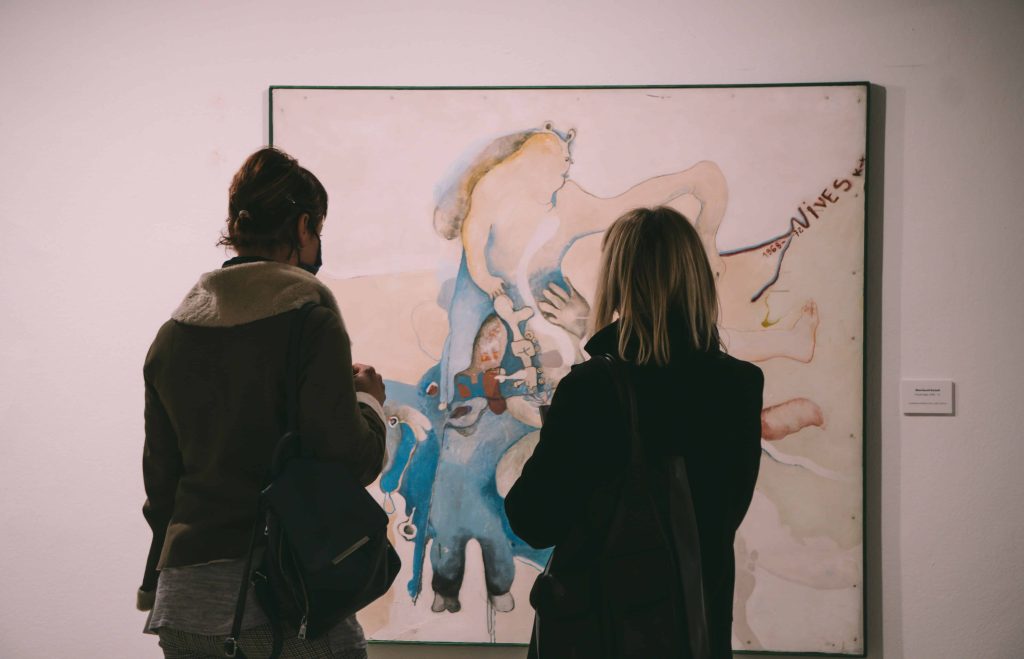
16 Jun Cross-Sector Collaborations: Expanding the Role of the Contemporary Artist
Collaborating with Non-Art Sectors: Opportunities for Artists
Redefining Artistic Practice: Moving Beyond Traditional Boundaries
The definition of artistic practice is rapidly expanding. Artists today are no longer limited to traditional mediums or institutional spaces like galleries and museums. Instead, they are pushing creative boundaries and engaging with broader social, technological, and economic contexts. This shift is opening new doors for artistic expression and influence, encouraging artists to step beyond the conventional and immerse themselves in interdisciplinary collaborations.
The Evolving Role of the Contemporary Artist
Modern artists are increasingly seen as innovators, educators, and agents of change. Their unique ability to communicate ideas visually and emotionally positions them to contribute meaningfully to a variety of fields. As societal challenges grow more complex, the role of artists is evolving to include active participation in problem-solving across sectors like science, business, education, and urban development. This evolution enhances the cultural and civic value of artistic contributions.
Overview of the Benefits of Cross-Sector Collaboration for Artists
Working with professionals outside the arts allows artists to expand their reach, gain access to new resources, and diversify their creative experiences. These collaborations can lead to innovative projects that address real-world issues, foster community engagement, and elevate the social relevance of art. As artists engage with different sectors, they are able to influence public discourse, create transformative experiences, and find new audiences for their work.
Identifying Non-Art Sectors for Collaboration
Business and Corporate World
Artists are increasingly involved in the corporate sector, offering fresh perspectives and creative solutions. In marketing and advertising, they help brands craft visually compelling and culturally relevant campaigns. Their skills are also valuable in product design, where innovation and user experience are key. Within Corporate Social Responsibility (CSR) initiatives, artists contribute to storytelling and awareness efforts that align with company values. Furthermore, their influence can be felt in designing workplace environments that inspire creativity and enhance employee engagement.
Science and Technology
There is a growing appreciation for the intersection between art and science. Artists bring human-centered perspectives to research and development, contributing to innovation through conceptual thinking and visualization. In data visualization, they transform abstract statistics into accessible narratives, enhancing public understanding. In healthcare, artists help improve patient experiences through therapeutic arts and environmental design. The fields of artificial intelligence and robotics also benefit from artistic input, particularly in designing more empathetic, user-friendly systems.
Urban Planning and Development
Artists play an important role in shaping how cities function and feel. Their work in public space activation helps revitalize neighborhoods and encourage community interaction. In placemaking, they bring creativity to community engagement, fostering a sense of ownership and identity. Collaborating on sustainable development initiatives, artists raise awareness about environmental challenges and propose imaginative, inclusive solutions that resonate with local communities.
Education
Artists are increasingly engaged in educational reform by promoting creativity and critical thinking across disciplines. They contribute to curriculum development by integrating arts-based methodologies that support holistic learning. Through experiential learning programs, students are encouraged to explore, question, and collaborate—skills that are vital in a rapidly changing world. Artists also lead youth outreach initiatives that inspire personal growth and social awareness, especially in underserved areas.
Social and Humanitarian Organizations
In the social sector, artists contribute to advocacy campaigns by telling human stories that resonate with audiences on a deeper level. They participate in therapeutic and rehabilitative programs that aid in emotional healing and personal development. Artists also support community-building projects that strengthen social cohesion, empower marginalized voices, and foster inclusive dialogue. Their creative tools help make complex social issues more relatable and urgent.
Benefits for Artists in Non-Art Sector Collaborations
Expanding Creative Horizons and Skill Sets
Collaborating outside the art world encourages artists to adopt new techniques, ideas, and approaches. Exposure to diverse disciplines inspires cross-pollination of concepts and leads to the development of hybrid art forms. These experiences push artists beyond their comfort zones, expanding their practice in unexpected and enriching ways.
Access to New Resources and Funding Streams
Non-art collaborations can open doors to funding and resources that are not typically available through traditional art institutions. Partnering with businesses, educational institutions, or scientific organizations often provides access to advanced technology, workspaces, and project support that enhance the scope and quality of artistic work.
Reaching Broader Audiences and Impact
Working in diverse contexts allows artists to engage with audiences who might not typically visit galleries or museums. By embedding art into public health campaigns, community spaces, or educational environments, artists increase their visibility and social relevance. These collaborations help broaden the reach and deepen the impact of their work.
Professional Development and Networking Opportunities
Interdisciplinary projects create opportunities for professional growth and networking. Through collaboration, artists connect with professionals from different backgrounds, leading to future partnerships, mentorships, and career expansion. These experiences build versatile skill sets and reinforce an artist’s ability to adapt in an ever-evolving cultural landscape.
Enhancing the Relevance and Value of Art in Society
By actively contributing to cross-sector initiatives, artists help demonstrate the practical and emotional value of creativity. Their involvement in real-world issues positions art as a meaningful and impactful force, challenging outdated perceptions and affirming its importance in everyday life.
Strategies for Successful Collaboration
Identifying Shared Values and Objectives
Effective collaboration begins with a mutual understanding of goals and values. Artists and their partners must find common ground to ensure alignment throughout the project. Shared objectives create a sense of purpose and build trust, laying the foundation for a successful partnership.
Effective Communication and Project Management
Clear communication is crucial to navigating differences in work styles and expectations. Regular meetings, transparent updates, and open dialogue help maintain momentum and resolve challenges early. Adopting basic project management tools can also help organize tasks, timelines, and responsibilities.
Defining Roles, Responsibilities, and Deliverables
Clarifying who is responsible for what helps avoid confusion and ensures accountability. All collaborators should agree on deliverables and timelines to keep the project focused. When roles are clearly defined, it allows each participant to contribute their strengths while maintaining a shared direction.
Understanding Sector-Specific Needs and Language
Every industry has its own terminology, priorities, and processes. Artists should invest time in learning about their collaborators’ context to foster mutual respect and effective communication. This understanding helps bridge cultural differences and enhances the impact of the final project.
Measuring Impact and Evaluating Outcomes
Assessing the success of a collaboration is essential for growth and future planning. Artists and their partners should determine appropriate ways to evaluate outcomes, whether through participant feedback, public response, or project reach. Reflection and documentation also provide insights that can inform future interdisciplinary efforts.
Challenges and Considerations
Bridging Disciplinary Gaps
Collaborating across sectors often involves navigating differences in language, methods, and values. Artists may encounter unfamiliar systems or expectations that require adaptability and patience. Building trust and developing interdisciplinary fluency can help overcome these barriers and foster stronger partnerships.
Managing Expectations and Artistic Freedom
Balancing artistic vision with the objectives of a collaborating organization can be challenging. Artists need to negotiate boundaries that allow them to maintain their creative voice while contributing meaningfully to the project. Open communication and mutual respect are key to finding this balance.
Navigating Commercial vs. Artistic Imperatives
When working with business partners, there may be tension between creative freedom and commercial goals. Artists must consider how their work fits into the broader objectives of the collaboration and evaluate the alignment of values and outcomes. It’s important to maintain authenticity while being open to compromise.
Funding Models and Sustainability
While non-art collaborations can offer financial support, they may also rely on limited project-based funding. Artists should think long-term and consider how to sustain their involvement through ongoing partnerships, diverse income streams, or integration into institutional programs. Flexibility and strategic planning are essential for continuity.
Conclusion
As the boundaries of artistic practice continue to expand, cross-sector collaboration emerges as a powerful pathway for contemporary artists to amplify their influence and relevance. These partnerships not only enrich artistic practice through exposure to new ideas and disciplines but also enable artists to become integral contributors to innovation, education, community development, and social change. By embracing interdisciplinary collaboration, artists enhance their societal impact, diversify their professional opportunities, and help redefine the role of creativity in addressing complex global challenges. In doing so, they affirm the enduring value of art as a transformative and connective force.
Key Takeaways
- Artists Are Expanding Beyond Traditional Roles: Contemporary artists are no longer confined to galleries and museums. They are actively engaging in fields like science, business, education, and social work, using their creativity to address complex, real-world challenges.
- Cross-Sector Collaboration Broadens Creative Practice: Collaborating with professionals from other industries allows artists to explore new ideas, adopt unfamiliar techniques, and develop hybrid art forms that enrich their practice and extend their impact.
- New Sectors Offer Resources and Reach: Partnerships with non-art sectors give artists access to funding, technology, workspaces, and wider audiences—especially those outside traditional art circles, such as corporate teams, students, or underserved communities.
- Strategic Communication Drives Successful Partnerships: Clear goals, defined roles, and mutual respect are essential in navigating different work cultures. Understanding industry-specific language and values helps build stronger, more effective collaborations.
- Artists Face Unique Collaboration Challenges: Balancing creative freedom with sector expectations, adapting to commercial pressures, and ensuring sustainability are ongoing challenges. Successful artists develop flexibility and long-term strategies to thrive in these contexts.
- Art’s Role in Society Is Strengthened: Through these interdisciplinary efforts, artists demonstrate that art can be a vital tool for education, healing, innovation, and civic engagement—affirming its value beyond aesthetic expression.
FAQs
Why should contemporary artists engage in cross-sector collaborations?
Cross-sector collaborations allow artists to expand their creative boundaries, access new resources, and engage wider audiences. By working with sectors like science, business, or education, artists increase the cultural impact of their work while contributing innovative solutions to real-world challenges.
What benefits do artists gain from working outside the traditional art world?
Artists gain exposure to new technologies, diverse perspectives, and interdisciplinary skill sets. These partnerships foster personal growth, open up alternative funding opportunities, and help artists make their work more socially relevant by embedding creativity into fields that shape everyday life.
What are the key challenges artists face in non-art collaborations?
Artists may encounter communication barriers, differing priorities, and limitations on creative freedom. Success depends on building trust, clearly defining roles, and understanding sector-specific contexts. Balancing artistic integrity with collaboration goals is essential for impactful and sustainable partnerships.
From the cobblestone streets of European art capitals to the vibrant markets of Asia and the majestic deserts of Africa, this article reveals how different cultures leave a lasting imprint on the creative mind of the traveling artist.




